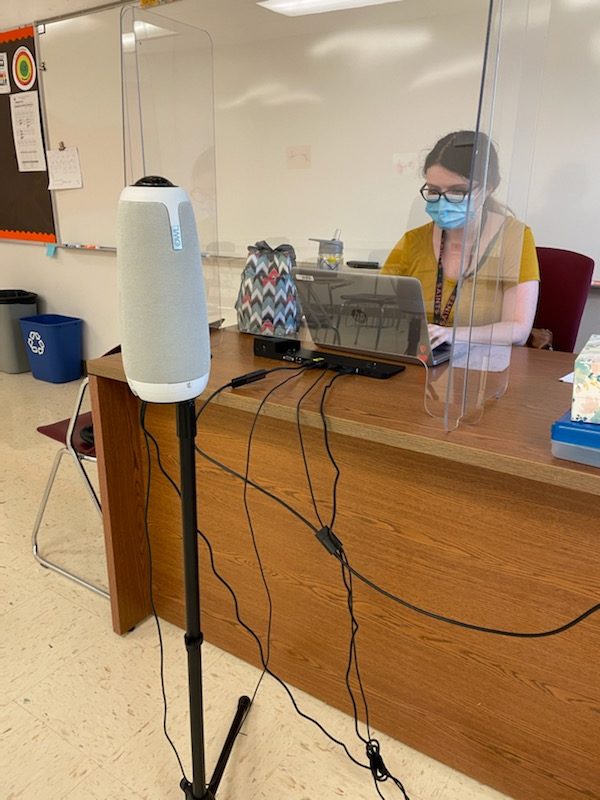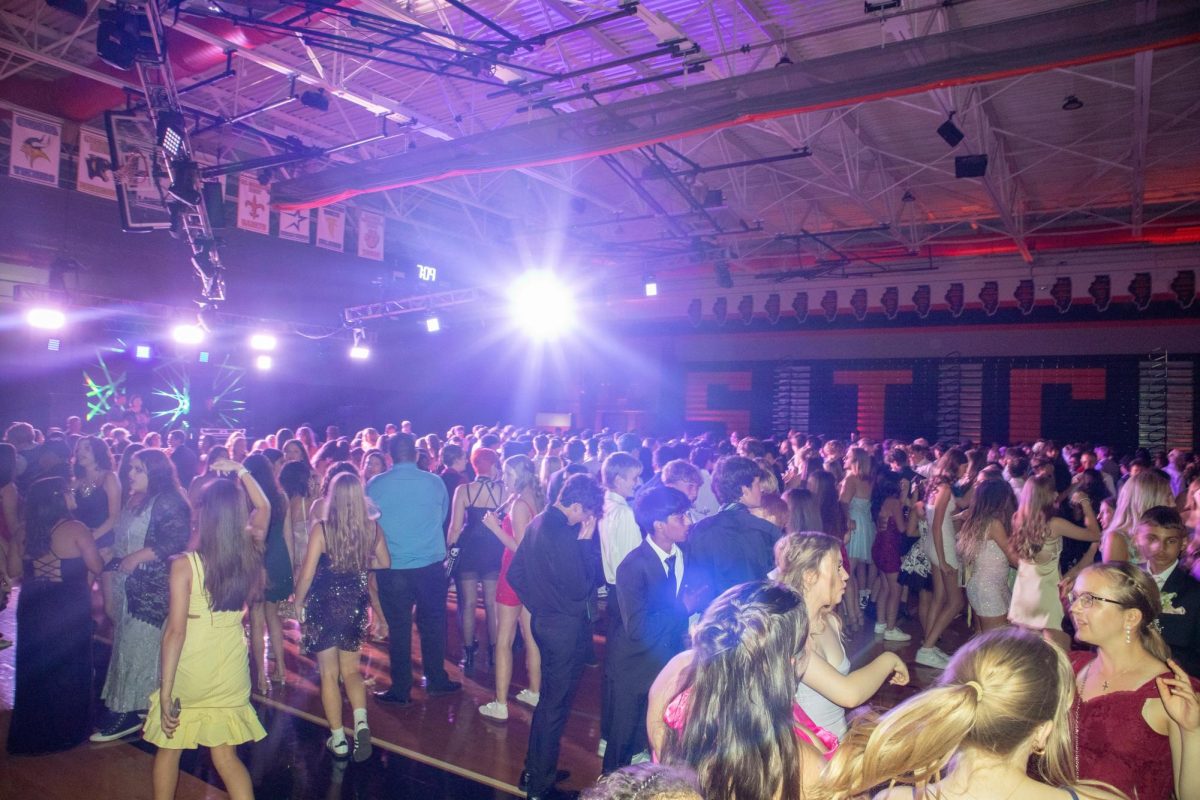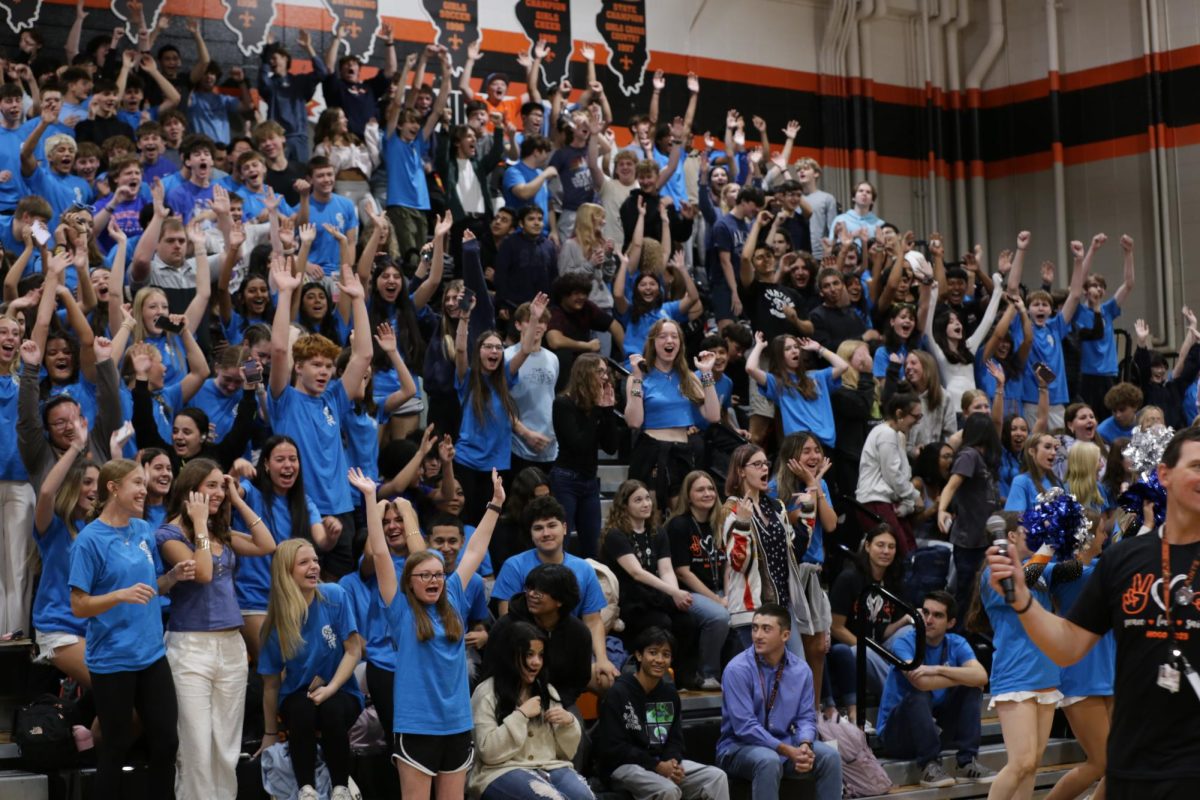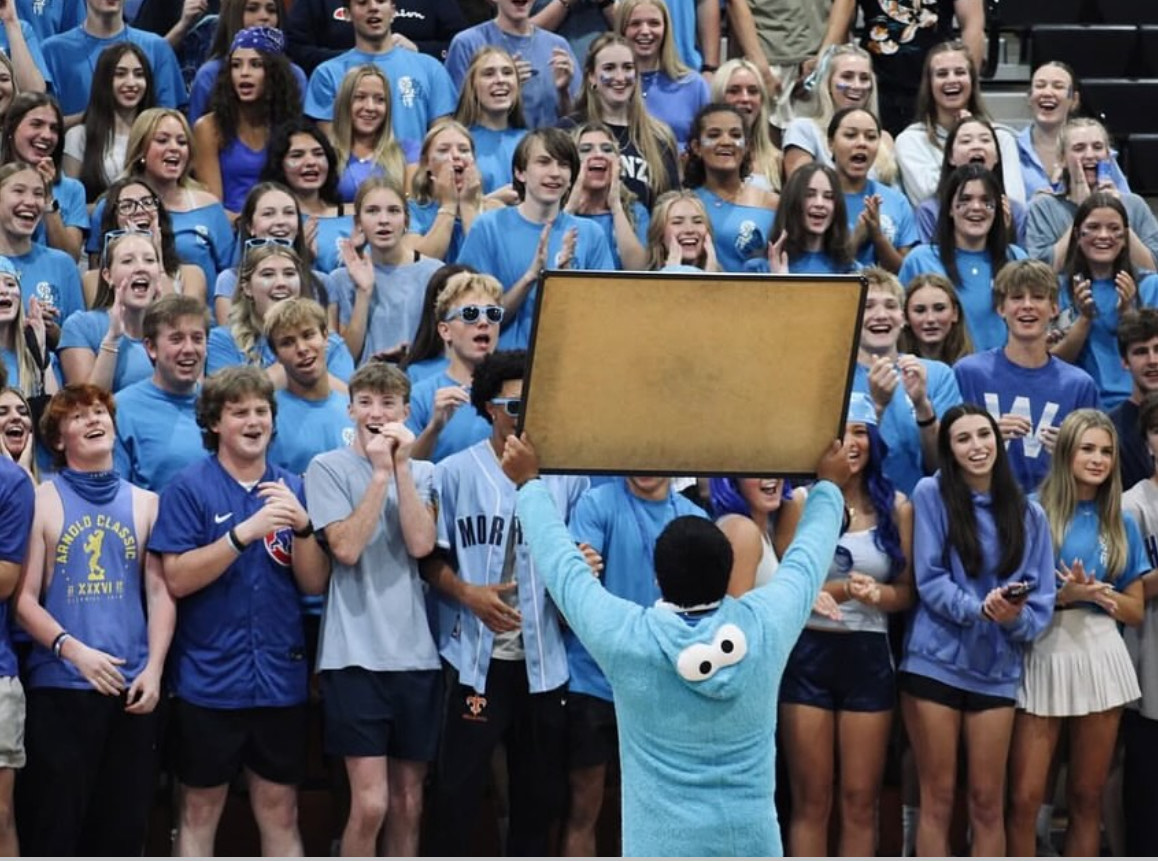Prior to the COVID-19 pandemic, the word “owl” would have brought to mind a nocturnal bird for most East students. Now that presence of Owl cameras in nearly every classroom has become an invaluable aid to online learning, and the word has taken on a new meaning.
As the world begins the slow road to recovery from the pandemic, a question remains: what will happen to all of East’s pandemic-era technology when the world returns to relative normalcy?
Proper technology has been imperative to students’ success during the pandemic. Whether the district was utilizing fully remote, hybrid, or concurrent learning, finding the right technology was a top priority for teachers and administrators.
For students, tools that were introduced in the past year were vital to success in school. Teachers would use online platforms to share assignments and utilize hardware to promote a synchronous experience for both in-person and at-home students.
Kimberly Mazur is an Instructional Tech Specialist at East, and knows all about the importance of these technologies.
Mazur explained that there are a number of new tools that are expected to remain after the pandemic’s conclusion. However, some may not be very helpful when we return to a fully in-person instructional model.
“[The pandemic] has completely transformed the education world,” Mazur said. “We’ve seen the introduction of so many tech-rich items.”
For students, the most noticeable of these items is the hardware that is now in classrooms.
The Owl is one of the technologies that has become a fixture in every East classroom. The camera can detect voices and swivel a full 360 degrees toward sound. This is extremely helpful for concurrent learning, says Mazur. Previously, teachers would give instructions to their in-person students and give separate instructions to their online students. This redundancy wasted time and was inefficient.
“The Owl has given us that opportunity to bridge the instruction that can be given,”
Mazur said.
Another piece of hardware now commonplace in classrooms is the Wacom tablet, which is a flat screen device that allows teachers to write with a stylus and annotate documents. These annotations can simultaneously show up on video conferencing platforms, like Google Meet or Zoom, or on the overhead projector for in-person students.
“We’ve always been advocating for writable devices,” Mazur said. “All of our students have writable devices, which is amazing, with touchscreen Chromebooks, but teachers didn’t.”
New software has also been introduced on both a district and building level throughout the pandemic. This software includes Nearpod, which is an online tool that Mazur said “helps [teachers] to create interactive lessons that promote engagement with students.”
Other online platforms that East students likely recognize are Kami and Classkick. According to Mazur, both of these platforms were acquired at the building level, rather than the district level.
“We’ve gotten great reviews,” Mazur said, regarding Kami and Classkick. Both platforms allow students to utilize the full functionality of their touchscreen Chromebooks by drawing and annotating documents.
Mazur said that the plans for each piece of technology are still being developed, and that each piece of hardware and software will be evaluated separately regarding its continued use.
Certain items, like the Wacom tablets, will remain in the classrooms moving forward. Since these tablets can also connect to overhead projectors and allow teachers to annotate documents in front of the class, they will be useful even after the end of the pandemic.
However, the Owl camera’s fate is less certain.
“If we don’t have concurrent learning taking place, then there isn’t necessarily a drastic need for [the Owl],” Mazur said. She added that the audio-visual devices will likely be used to “facilitate meetings” or other events down the line. No clear plan has been decided for the Owl’s use after a return to fully in-person classes.
Mazur said that the majority of software that was acquired during the pandemic will remain in use going forward. In particular, Nearpod and a new software for evaluating student lexile levels will stick around next year.
Mazur notes that a silver lining to the pandemic is the way in which it has helped our district embrace new technologies that had been discussed for years.
“If you think of COVID in the tech world,” Mazur said, “It sped up the process. These [technological advancements] are things we have talked about for a while, but always there was an issue of budget and allocating the funds for certain things.”
When the pandemic arrived, though, spending time deliberating was no longer an option for district leadership.
“When COVID hit, it was like, ‘we need resources, we need help,’” Mazur said. “As much as a curveball as COVID has been, it has truly been beneficial in gaining educational tech to help in the instructional part of learning.”









